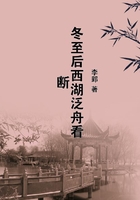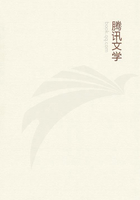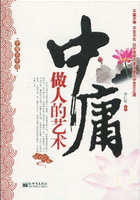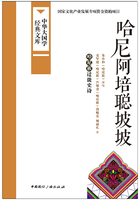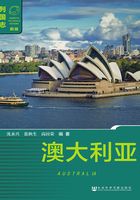The underlying norms of taste are of very ancient growth, probably far antedating the advent of the pecuniary institutions that are here under discussion. Consequently, by force of the past selective adaptation of men's habits of thought, it happens that the requirements of beauty, simply, are for the most part best satisfied by inexpensive contrivances and structures which in a straightforward manner suggest both the office which they are to perform and the method of serving their end, It may be in place to recall the modern psychological position. Beauty of form seems to be a question of facility of apperception. The proposition could perhaps safely be made broader than this. If abstraction is made from association, suggestion, and "expression," classed as elements of beauty, then beauty in any perceived object means that the mid readily unfolds its apperceptive activity in the directions which the object in question affords. But the directions in which activity readily unfolds or expresses itself are the directions to which long and close habituation bas made the mind prone. So far as concerns the essential elements of beauty, this habituation is an habituation so close and long as to have induced not only a proclivity to the apperceptive form in question, but an adaptation of physiological structure and function as well. So far as the economic interest enters into the constitution of beauty, it enters as a suggestion or expression of adequacy to a purpose, a manifest and readily inferable subservience to the life process. This expression of economic facility or economic serviceability in any object -- what may be called the economic beauty of the object-is best sewed by neat and unambiguous suggestion of its office and its efficiency for the material ends of life.
On this ground, among objects of use the simple and unadorned article is aesthetically the best. But since the pecuniary canon of reputability rejects the inexpensive in articles appropriated to individual consumption, the satisfaction of our craving for beautiful things must be sought by way of compromise. The canons of beauty must be circumvented by some contrivance which will give evidence of a reputably wasteful expenditure, at the same time that it meets the demands of our critical sense of the useful and the beautiful, or at least meets the demand of some habit which has come to do duty in place of that sense. Such an auxiliary sense of taste is the sense of novelty; and this latter is helped out in its surrogateship by the curiosity with which men view ingenious and puzzling contrivances. Hence it comes that most objects alleged to be beautiful, and doing duty as such, show considerable ingenuity of design and are calculated to puzzle the beholder -- to bewilder him with irrelevant suggestions and hints of the improbable -- at the same time that they give evidence of an expenditure of labor in excess of what would give them their fullest efficency for their ostensible economic end.
This may be shown by an illustration taken from outside the range of our everyday habits and everyday contact, and so outside the range of our bias. Such are the remarkable feather mantles of Hawaii, or the well-known cawed handles of the ceremonial adzes of several Polynesian islands, These are undeniably beautiful, both in the sense that they offer a pleasing composition of form, lines, and color, and in the sense that they evince great skill and ingenuity in design and construction. At the same time the articles are manifestly ill fitted to serve any other economic purpose. But it is not always that the evolution of ingenious and puzzling contrivances under the guidance of the canon of wasted effort works out so happy a result. The result is quite as often a virtually complete suppression of all elements that would bear scrutiny as expressions of beauty, or of serviceability, and the substitution of evidences of misspent ingenuity and labor, backed by a conspicuous ineptitude; until many of the objects with which we surround ourselves in everyday life, and even many articles of everyday dress and ornament, are such as would not be tolerated except under the stress of prescriptive tradition. Illustrations of this substitution of ingenuity and expense in place of beauty and serviceability are to be seen, for instance, in domestic architecture, in domestic art or fancy work, in various articles of apparel, especially of feminine and priestly apparel.
The canon of beauty requires expression of the generic. The "novelty" due to the demands of conspicuous waste traverses this canon of beauty, in that it results in making the physiognomy of our objects of taste a congeries of idiosyncrasies; and the idiosyncrasies are, moreover, under the selective surveillance of the canon of expensiveness.
This process of selective adaptation of designs to the end of conspicuous waste, and the substitution of pecuniary beauty for aesthetic beauty, has been especially effective in the development of architecture. It would be extremely difficult to find a modern civilized residence or public building which can claim anything better than relative inoffensiveness in the eyes of anyone who will dissociate the elements of beauty from those of honorific waste. The endless variety of fronts presented by the better class of tenements and apartment houses in our cities is an endless variety of architectural distress and of suggestions of expensive discomfort. Considered as objects of beauty, the dead walls of the sides and back of these structures, left untouched by the hands of the artist, are commonly the best feature of the building.

